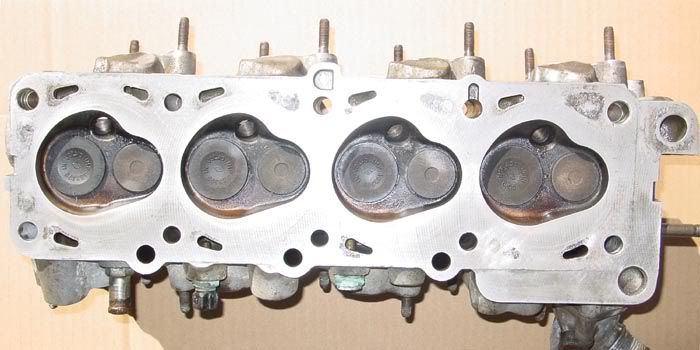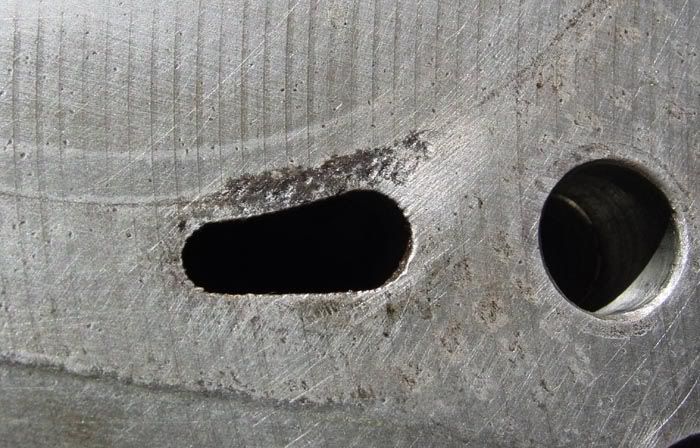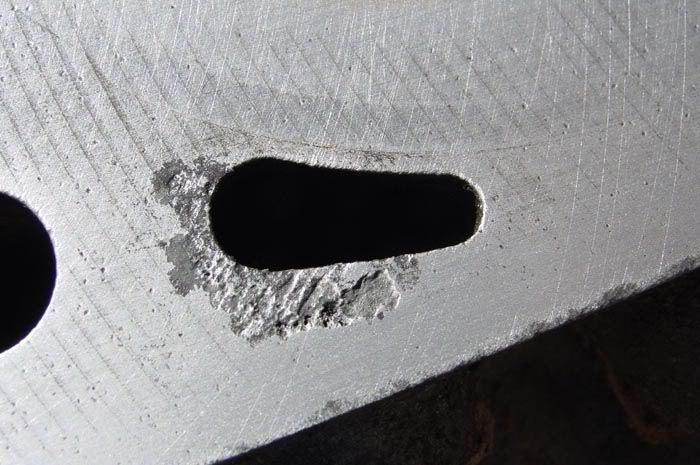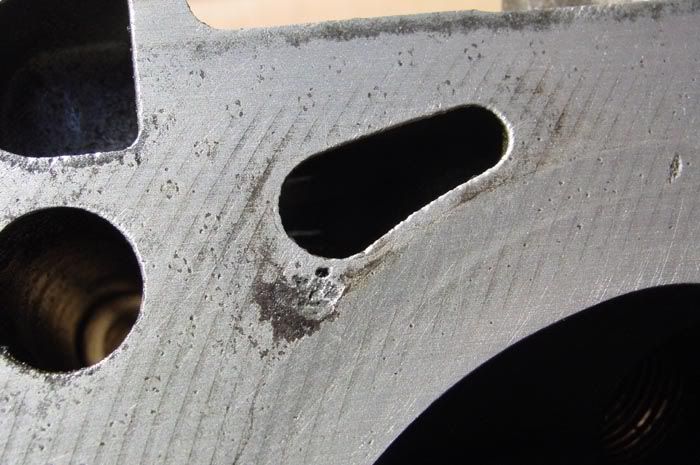|
My latest project is a NA 1992 745, 187K. It sat for three years under an oak tree. It had a “bad” transmission and a blown headgasket. I paid less than what it is worth at the scrapyard, so I figured nothing ventured nothing gained. It does have some good qualities.
I towed it home and put a battery in it. I disconnected the fuel line at the rail and turned on the ignition and took a sample of the fuel line discharge. It smelled very much like gasoline so I reconnected the fuel line and it started right up.
The coolant was not making its way into the cylinders. The oil looked like heavily creamed coffee, however, so I pulled the head for a look. I could not really detect where the mix of oil and coolant was taking place.
There was an extreme amount of electrolysis damage on the head. That is too bad because the head was not warped, but the estimate to weld and plane the head to eliminate the damage was $100. I pulled a b230ft head off of a parts car. It was free of any electrolysis damage but was warped .020”.
I had an 88 b230ft engine and I pulled the head on it. I had rebuilt the head less than 25,000 miles ago. It was plane and I bolted it into place. That part of the rehab seems to be complete. I want to make sure the brake system is flushed and working correctly before I move on to the transmission replacement and some cosmetic work. I hope to use the car as a winter driver.
Below are photos of the head and the damage. The faint radius in the surface of the head is from what my machinist calls the “fire ring” on the headgasket. This is the metal circle that surrounds the top of the cylinder between the head and the block. As electrolysis approaches that area you are driving on borrowed time as the coolant is about to find a route into the cylinder.
Electrolysis apparently takes place because of the dissimiliar metals- aluminum and iron. Perhaps one of our chemists can provide a better explanation, but the bottom line is that when it occurs in this situation the aluminum head degrades. This could have been controlled if the coolant was changed every two years. Some people never change any fluids unless absolutely necessary and this is the worst damage I have seen.
Randy




|